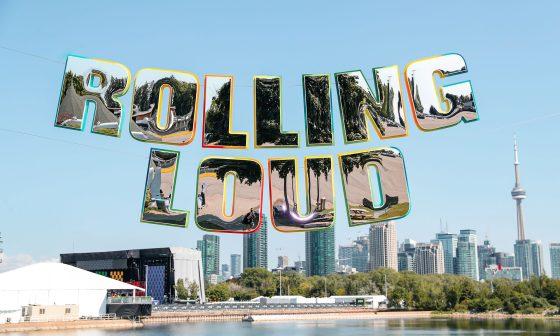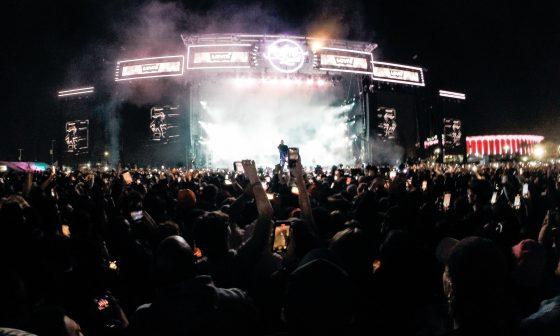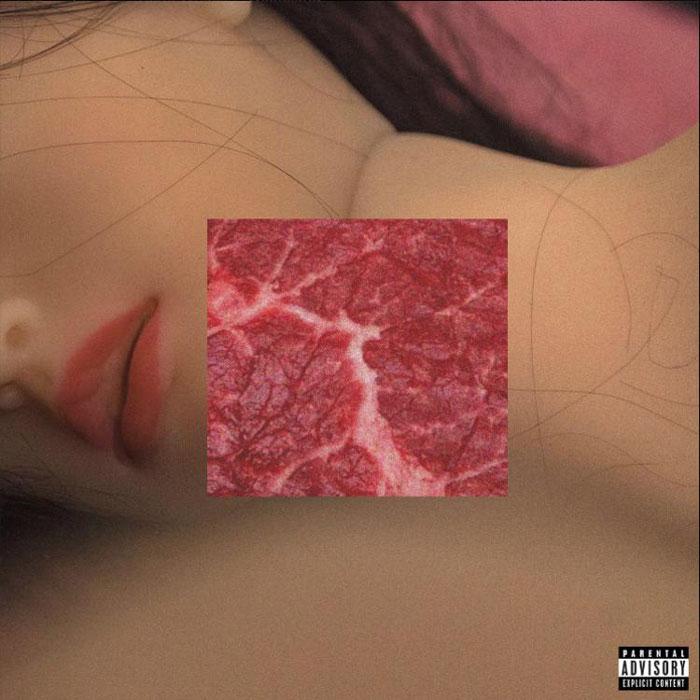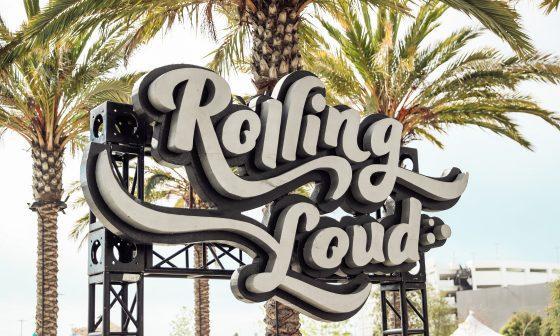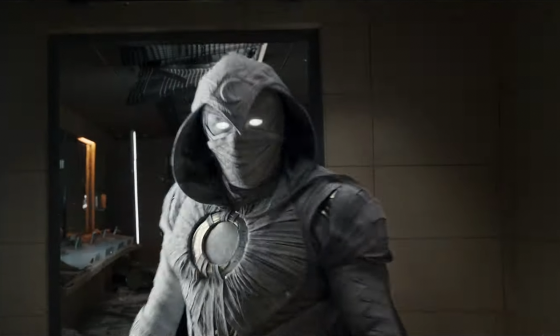Hip-hop has been a driving force in popular culture since its inception in the 1970s. What started in the streets of the Bronx has grown into a global phenomenon that continues to shape music, culture, and social movements. Central to hip-hop’s growth has been its lyrics, which have evolved significantly over the years, reflecting changes in society, politics, and the personal lives of artists.
From early party rhymes to introspective storytelling and complex wordplay, let’s explore the evolution of hip-hop lyrics and how they’ve changed over the decades.
The 1970s: The Birth of Hip-Hop and Party Rhymes
Hip-hop began as a street culture in the Bronx, where DJs like DJ Kool Herc and Afrika Bambaataa laid the groundwork for the genre. Early hip-hop lyrics were largely focused on fun and entertainment, often performed over breakbeats at block parties. The lyrics were simple, lighthearted, and designed to get the crowd moving.
Artists like Grandmaster Flash and the Furious Five introduced socially conscious lyrics to the scene, but the focus remained on rhyme schemes that were catchy and repetitive. The party atmosphere dominated, with emcees hyping up the crowd rather than delivering intricate stories or social commentary.
The 1980s: Message-Driven Rap Takes Center Stage
The 1980s marked a shift in hip-hop lyrics as the genre began to explore more diverse themes. With the rise of socially conscious rap, artists started using their lyrics to address issues like poverty, systemic racism, and police brutality.
Grandmaster Flash’s “The Message” (1982) was a groundbreaking track that offered a raw look at the struggles of inner-city life. It paved the way for other artists, like Public Enemy, who used their platform to deliver politically charged messages. Public Enemy’s Chuck D famously referred to rap as “the CNN of Black America,” a phrase that underscored the role of hip-hop as a form of news and social commentary.
The 1980s also saw the emergence of gangsta rap, which depicted the harsh realities of street life. Artists like Ice-T and N.W.A. brought raw, unfiltered lyrics to the mainstream, challenging listeners to confront uncomfortable truths about crime, violence, and police brutality.
The 1990s: The Golden Age of Lyricism
The 1990s are often referred to as the “Golden Age of Hip-Hop”, marked by lyrical innovation and a focus on storytelling. During this era, hip-hop lyrics became more complex, with rappers experimenting with intricate rhyme schemes, metaphors, and layered narratives.
Artists like Nas, Tupac Shakur, and The Notorious B.I.G. mastered the art of storytelling, painting vivid pictures of life in the streets, personal struggles, and social issues. Nas’s debut album, Illmatic (1994), is a prime example of lyrical brilliance, with tracks like “N.Y. State of Mind” showcasing detailed narratives and clever wordplay.
The 1990s also introduced more diverse themes, from the introspective lyrics of Tupac’s “Dear Mama” to the street tales of Biggie’s “Juicy.” Meanwhile, Wu-Tang Clan brought a gritty, raw energy with their martial arts-influenced lyrics, while OutKast blended Southern flavor with thought-provoking storytelling. The variety of styles and themes made this era one of the most dynamic periods in hip-hop history.
The 2000s: Commercial Success and Mainstream Appeal
The 2000s marked a turning point for hip-hop as it became one of the most commercially successful genres in the world. During this period, hip-hop lyrics started to reflect themes of wealth, luxury, and success, often characterized by artists like Jay-Z, 50 Cent, and Ludacris.
Jay-Z’s “The Blueprint” (2001) exemplified the transition, with lyrics focused on hustling, business success, and opulence. The shift toward mainstream appeal led to a blend of commercial anthems and more personal, introspective tracks.
The 2000s also brought the rise of Southern rap, with artists like Lil Wayne, T.I., and UGK dominating the charts. Southern hip-hop often embraced a slower flow, catchy hooks, and topics ranging from street hustling to partying. At the same time, the genre began to see an increase in collaboration, with artists from different regions working together, leading to a more unified national sound.
The 2010s: The Age of Experimentation and Social Commentary
In the 2010s, hip-hop lyrics continued to evolve, with a greater emphasis on diversity and experimentation. The emergence of artists like Kendrick Lamar, J. Cole, and Drake brought more introspective, emotional, and socially aware lyrics back into focus.
Kendrick Lamar’s “To Pimp a Butterfly” (2015) and “DAMN.” (2017) exemplified the return of social commentary, addressing issues like systemic racism, police brutality, and personal struggles with identity. Lamar’s lyricism was praised for its depth and complexity, combining jazz, funk, and hip-hop elements to deliver powerful messages.
At the same time, artists like Drake explored themes of vulnerability, relationships, and fame. Drake’s blend of singing and rapping introduced a new style that blurred the lines between hip-hop and R&B, giving birth to the “emo rap” subgenre.
The 2010s also saw the rise of trap music, characterized by hard-hitting beats and lyrics focused on street life, hustling, and hedonism. Artists like Future, Migos, and Young Thug became synonymous with this sound, showcasing a different side of hip-hop that emphasized vibe over lyricism.
Today and the Future: A Blend of Styles and Messages
As hip-hop enters the 2020s, the evolution of its lyrics shows no signs of slowing down. Today, the genre is more diverse than ever, with artists drawing inspiration from different eras and regional styles. Lyrics continue to be a mix of introspection, social commentary, and commercial appeal, reflecting the complex nature of modern life.
Artists like Lil Baby and DaBaby balance trap influences with deeper themes of overcoming adversity, while rappers like Megan Thee Stallion, Cardi B, and Doja Cat use their lyrics to empower listeners with messages of confidence, sexuality, and success.
The rise of newer female rappers, such as Latto and GloRilla, has added new dimensions to hip-hop lyrics, offering perspectives that challenge traditional gender roles and stereotypes in the industry.
Looking ahead, hip-hop lyrics are likely to continue exploring a wide range of themes, from mental health and personal growth to social justice and activism. As the world changes, so too will the words and stories of the artists who shape the genre.
Beyond the Bars: Hip-Hop’s Everlasting Impact
The evolution of hip-hop lyrics reflects the evolution of society itself. From party anthems and street tales to deep introspection and social justice, hip-hop has always been a mirror of the times. As artists continue to push boundaries, blend genres, and tell their stories, the power of hip-hop lyrics will remain a driving force in music and culture for years to come.

